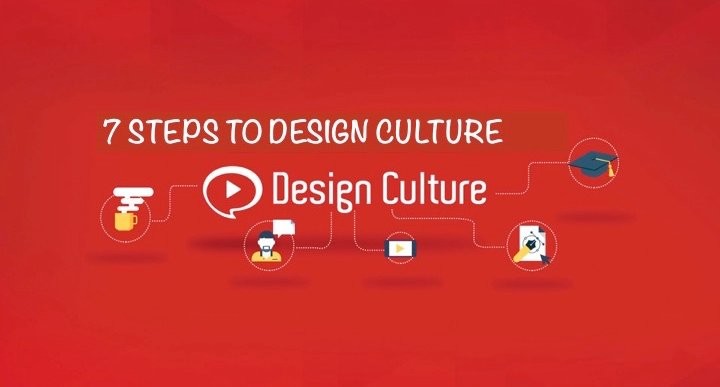
Design Thinking for HR: Part 1 Most organisations that wish to champion design thinking in business grapple with the organisational ecosystems, as they are both restrictive and dysfunctional to the very essence and processes of design. The real challenge of the design leader is to reshape the organisation to create an ecosystem that is conducive and opposed to design.
The major hurdles are typically faced in the process of inducting a design capability arise out of existing attitudes and behaviors within the organisation These then tend to squeeze the life out of design if allowed to continue unchecked. Design leaders and their organisational supporters need to be aware that their task is no just to create a new functional area or new approaches to innovation across organisation but to undertake entire cultural transformation.
Being a Design leader means redesigning the organisational ecosystem, and actually takes on the organisation itself as an object of design, not merely a specific product or process. Besides it requires the design leader to have courage and commitment to really bring significant and wider transformation as the end goal.
7 Steps to setting up a Design culture:
- Gauging the readiness of the organisation: It’s critically important to take some time and get to know about the level of openness there is to new ideas, and who exerts the real power in the organisation. Assess how much is the organisation ready to invest not only in monetary terms but also with respect to time and resources mostly at the executive level. Identify if there are any existing process/systems within which are known to be broken and need fixing and evaluating how widespread is the appetite to change.
- Include senior leaders to create strong intent and a rooted culture of design: It’s near impossible to expect a cultural transformation unless it is endorsed and modeled from the top down. A design oriented cultural paradigm shift without a strong intent from within the organisation may prove to be futile. And so the design leader must strategically place him/herself near the power center to be able to articulate the vision, opportunities, and transformations required to integrate a new design culture in the organisation.
- Be a System Thinker: Design leaders need to understand the systems and process that drive the organisation and suck up all its energy and then find ways to intervene and redesign them. Shift the thinking to visualise the organisation as a series of interrelated systems, and being able to identify where to intervene to achieve a major cultural impact.
- Focus on Human Interactions and social processes: Most often formal planning cycles, budgets, business plans, documentations, powerpoint presentations consume a lot of time and energy and amidst all the mechanical activities, the human interaction surrounding all this is entirely missed. Building an environment that is friendly to design includes boosting opportunities for human interactions, communications, sharing, and breaking down formal structures and silos.
- Well-directed Discipline while new design process implementation: The rubber-band effect is always at play with all changes. Design leaders must be extremely aware about exercising well-directed discipline to avoid the older obstructive dysfunctional behavior and attitude from resurfacing and overpowering the new attitude and practices of design thinking. Design leaders must hold firm to the key design elements and possibly build incentives into the system to offer extrinsic motivation.
- Kill some Sacred Cows: Choose to slaughter a few Sacred cows, as sacrifice is an extreme necessity to accelerate change. And so being close to the power center is of absolute importance, without the aid of the strong voice enforcing the slaughter may be difficult and unlikely to be carried alone.
- Organisation to learn form their experience: Sometimes the only way change is to experience the change; here the Design leaders must take a step back from the process and identify with the organisational supporters which factors created problems and to work together on changing these parts of the ecosystem for the future. Setting realistic expectations and timelines to ensure the design process is not held responsible for low outcomes that could have risen from uncooperative behaviors and process.
Transforming the organisation design may seem to be a challenging and colossal, often faced by rigid mindsets – “this cannot be done here.” With a bit of courage and commitment to the Design approach and well directed discipline and clearly defined expectation a Cultural Paradigm shift is achievable and rewarding.
Watch this space for more Design Thinking application in HR. Connect with me to know more about Design Thinking at lakshmi.sreeni@gmail.com
Also read – 10 things for an Employee Health & Wellness Program in your Organisation.
